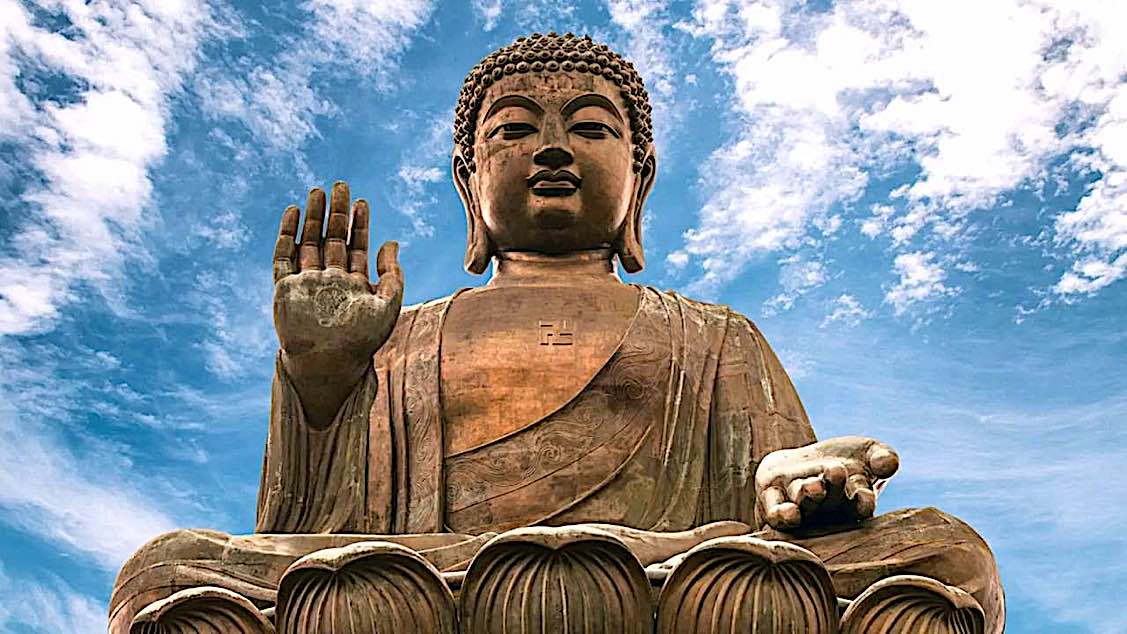Yamaoka Tesshu, as a young student of Zen, visited one master after another. He called upon Dokuon of Shokoku.
Desiring to show his attainment, he said: “The mind, Buddha, and sentient beings, after all, do not exist. The true nature of phenomena is emptiness. There is no realization, no delusion, no sage, no mediocrity. There is no giving and nothing to be received.”
Dokuon, who was smoking quietly, said nothing. Suddenly he whacked Yamaoka with his bamboo pipe. This made the youth quite angry.
“If nothing exists,” inquired Dokuon, “where did this anger come from?”


Anger arises from delusion and perpetuates delusion. But the source of delusion is conceit rooted in the ignorance I am.
The student in the parable makes the common mistake of failing into nihilistic views. If the I am conceit is empty of a separate self. If the I am conceit is changing and empty. Then it doesn’t exist. It is nothing.
But the Buddha said in my favorite sutra that the point is not to be caught by the I am conceit. To not even give rise to the thought I exist or I do not exist. Essentially, to overcome the attachment to I making completely and stop trying to work out questions like is it or is it not.
And much earlier in the sutra.
This student caught the teachings by the tail and was bitten.
https://plumvillage.org/library/sutras/discourse-on-knowing-the-better-way-to-catch-a-snake
So the self is not separate but is one with all beings. Given that we don’t understand anything scientifically about consciousness, this seems reasonable, even likely. The fact that embracing it as a truth leads to a more harmonious existence is the icing on the cake.
Yeah. Which also means we transcend birth and death. Ride its waves over many lifetimes. And there’s nothing to fear.
Thich Nhat Hanh used the term interbeing. The Buddha used no self as an antidote to the atman (Hindu concept of the soul).
But he didn’t mean living beings don’t exist. Just not in the way egos tend to think they do as unchanging, static things inside us separate from the world.
I like the term “interbeing” - Thích Nhất Hạnh conveyed some really powerful ideas quite succinctly. The idea that life and consciousness is shared by all beings makes sense - but it’s sometimes extremely difficult to realize and hold that awareness in practice.
Yeah yeah, but what was in the pipe?
Either opium or there was no pipe and someone embellished the original story is my thought.
From https://en.m.wikipedia.org/wiki/Cannabis_in_China
Má (Mandarin pronunciation: [mǎ]), a Chinese word for cannabis, is represented by the Han character 麻.The term ma, used to describe medical marijuana by 2700 BCE, is the oldest recorded name for the hemp plant.